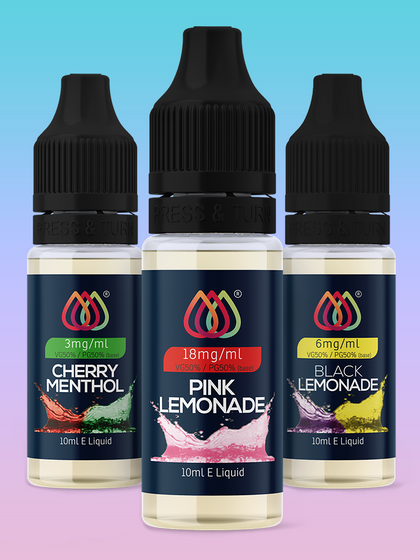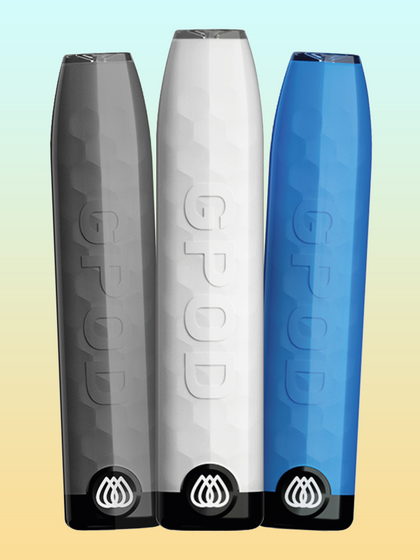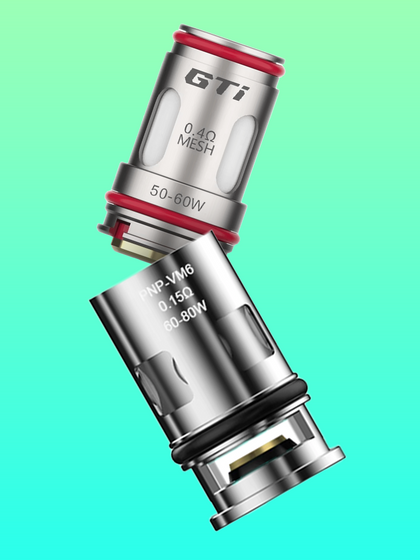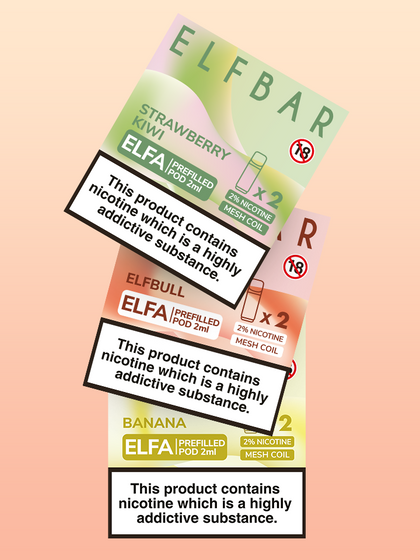WHAT IS E-JUICE MADE OUT OF?
May 24, 2023
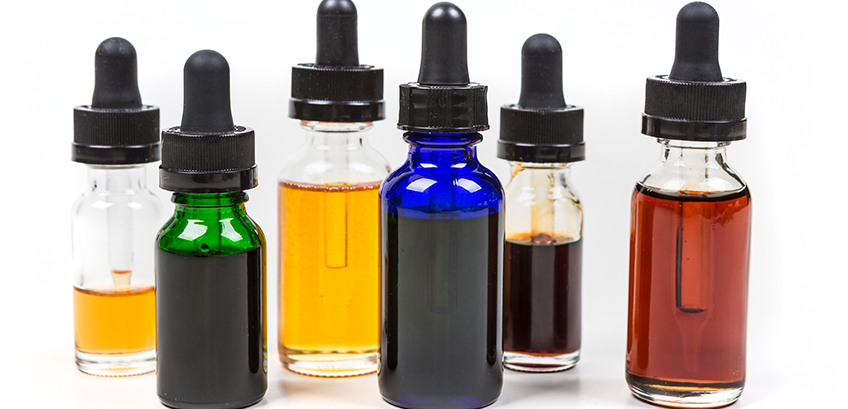
Contrary to some misinformed opinions out there, e-juice is in fact relatively safe. To be clear, it’s much safer than inhaling the by-products of cigarettes and most vaping companies use food-grade ingredients that are safe to inhale. Most e-juice brands only contain 2-4 ingredients that can be found on the label, so users know exactly what’s in their juice. Let’s take a look at these ingredients so you can judge for yourself how safe they are.
Vegetable Glycerin and Propylene Glycol
These first two ingredients are what make up the majority of an e-juice solution. VG is thicker than PG, so it’s most often used with modern vaporizers, while the thinner liquid of PG is more compatible with older devices and clearomizers. VG is a little easier on the throat and produces bigger clouds, so beginners usually gravitate toward e-juice with higher concentrations of VG. PG tends to produce a harsher throat hit, which is more suitable for experienced vapers and those who have switched over from heavy cigarette usage. Users can find brands that specialize in various concentrations of these ingredients for a more personalized juice ratio.
Vegetable glycerin, also called glycerol, is an alcohol by nature—a sugar alcohol to be exact. No, it’s not the type of alcohol that you drink, but it is used in many types of food processes as a sweetener and moisture retainer. It’s both safe to ingest and safe to inhale, and it has never been linked to any major adverse health issues. There are some individuals who are allergic to VG, so they may want to consider juices with the only PG in them. If you’ve ever had an allergy test and been allergic to everything on the board, you’re most likely just allergic to VG since that’s what they suspend the allergens in for the injection!
Propylene Glycol is a generic compound used in many products, from cosmetics to food, and even antifreeze. Because it’s an ingredient in antifreeze, some people worry about its overall safety. PG actually replaced ethylene glycol in antifreeze, which was the original poisonous substance in the solution. Antifreeze with PG is labelled as “non-toxic” and is much safer to have around the house. PG lowers the freezing point of water, which is why it’s used in antifreeze, and it also helps the body absorb various medications more efficiently, which is why it’s also used in the medical industry. Of course, at high concentrations, PG can produce adverse effects, but food and medical safety standards only allow low concentrations as acceptable for human consumption. At these levels, there are no known health risks to otherwise healthy individuals. Some may have an allergy to PG, so these individuals will need to use a VG solution for vaping with.
More research is needed on these two compounds, but no cancerous or otherwise toxic properties are currently known about VG and PG.
Flavour
Another ingredient in e-juice is the flavouring. Most e-juice companies use flavouring that is safe for inhalation, without the presence of chemicals like diacetyl. Never add food flavouring to your e-juice, as these usually contain oils that are safe for ingestion but not inhalation. As the FDA continues to expand their restrictions on e-juice, these ingredients will only get safer. However, many producers are already ahead of the law and implementing their own researched safety and quality standards. It’s still best to research for yourself the ingredients coming from any company and be aware of what you’re putting into your own body.
Nicotine
Nicotine is a fairly safe chemical at low doses, although it is highly addictive. Those who don’t want a nicotine dependency may want to choose e-juice with 0% nicotine levels to avoid the substance. Nicotine is also toxic at high concentrations but is unlikely to occur under normal vaping conditions.

